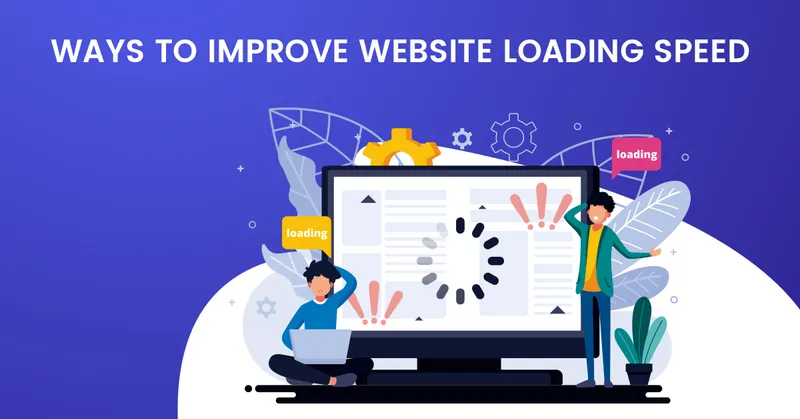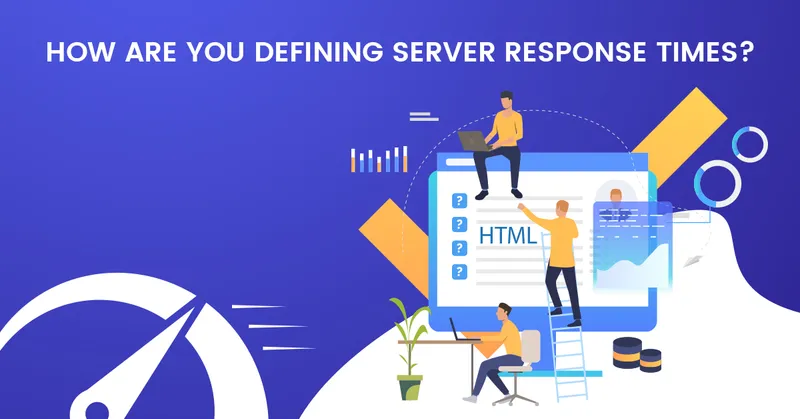

Which are the top 8 ways to improve website loading time in 2019

Truth be told, server loading time can be a risk to your site's exhibition.
Somehow we all come across the importance of website loading time using observation or by experiencing it. So as per the research, I will recommend first to gather data on your current performance so you know exactly how you’re doing.
Say for instance at the point when there's breaking news in the world, individuals are stuck to their TV screens sitting tight for updates while journalists scramble to be the first to convey. It's nothing unexpected individuals expect this equivalent kind of dexterity and speed when they are perusing the web.
Server bottlenecks aren't ordinarily the reason for moderate loading times, yet this doesn't imply that you are safe from server reaction times affecting your client's involvement. On the off chance that you haven't yet dedicated time to advancing this zone, right now is an ideal opportunity to begin.
How are you defining server response times?

Let me go very simple, SRT is the amount of time it takes for the web browser to receive a response for any activity. The time zone begins with the web browser send a request.
1. Optimize Your Web Servers
When you've picked a web server to utilize, you'll have to set it up. While it's enticing to take the simple course and go with the default settings, one size does not fit all. By picking this alternative, you risk utilizing an imperfect setup for your needs and utilization designs.
2. Optimize Your Database
Optimization of the database is one of the keys to know all about the performance of the website. By guaranteeing that your database can recover information as proficiently as could be expected under the circumstances, you accelerate the stacking times for your site all in all, not simply the page the program presently shows. Slow inquiries are the main motivation behind why a server reacts to a solicitation gradually, so you ought to invest energy recognizing approaches to avert bottlenecks.
Great spots to begin with when enhancing include:
- Changing your construction to gathering items, for example, tables, sees and put away methods properly.
- Rewriting your questions so they return just what you need and are composed because of execution.
- Using records where fundamental or proper
3. Update the platform
You ought not exclusively to know about WordPress refreshes, yet besides check the spam organizer and your garbage can, both for remarks and passages. Overseeing spam is a straightforward assignment if you utilize the modules structured by web and application designers India.
Ensure you generally have the WordPress stage refreshed. Each time an update is accessible, it will educate you about it in your control board. It is anything but difficult to refresh the stage from WordPress. Each new form acquires enhancements to various territories, so there is nothing to lose.
4. Minimize HTTP Requests
HTTP (Hypertext Transfer Protocol) Requests are checked at whatever point a program brings a record, page, or picture from a web server. These solicitations will, in general, take up about 80% of a Webpage's heap. It will take more time to respond for more HTTP requests you need to load and later retrieve them all.
5. Utilize CDNs & Remove Unused Scripts/Files
CDNs are normally utilized for static substance or documents that do should be contacted once transferred. More than likely, a significant number of your clients won't be in closeness to your web server. Lessening this separation by spreading your substance over an assortment of topographically scattered servers simply is certifiably not a practical alternative, and will a piece too confounded to even consider implementing. This is the place where mobile app development can help for a substance conveyance organize (CDN) comes in.
A CDN is an accumulation of web servers dispersed over numerous areas so the substance can be all the more productively conveyed to clients.
6. Browser Caching
"40-60% of day by day guests to your site come in with a vacant store" - Tenni Theurer
So when customers visit, you need to make it so the primary page they see load quickly enough and they will continue through the rest of your site with ease. Program holding empowers assets on your webpage to be downloaded to your hard drive once into a store, or a concise additional room. Those reports are right now taken care of locally on your system, which grants coming about page weights to increase in speed.
7. Image optimization
As per the research, approx 60% of the average byte load per page images currently take up around 1504KB. When compared to other pages assets such as scripts (399KB), CSS (45KB), and video (294KB), images take up quite a large amount of HTTP requests sent.
As I have mentioned earlier, remove any images of assets you believe you don’t need. This includes libraries of icons you only use two of those extra three fonts you thought you might use but didn’t, and images that maybe could be replicated with CSS (such as colored backgrounds or gradients).
8. Impact of plugins on site speed
The number of modules you use additionally also have a major effect on the speed of your site. Thus, the general proposal is to have under 10 modules introduced in WordPress. Modules of it are one of the components that separate them from different stages. Being such few modules that you should use on your site, you should introduce those that are fundamental. The WordPress people group has developed so much that you can right now discover modules to incorporate any usefulness you envision on your WordPress site. Best of all, a large number of these modules have a graphical interface and you can figure out how to deal with them effectively.
Takeaways
At the point when you will likely serve pages as fast as could reasonably be expected, it is essential to focus on your SRTs, regardless of whether they are not the essential driver for stoppages. Streamlining your back-end guarantees that your front-end runs easily. Cautiously assessing your facilitating needs, changing your web servers, lessening swell, and upgrading your databases are ways that you can move in the direction of SRTs under 200ms per demand. While doing website redesign we must focus on above points.
Keeping up a moderate methodology will improve the speed as well as the client experience. Keep just what you think about fundamental on your site. So expel everything that isn't essential, for example, catches, gadgets, modules, and so forth.




